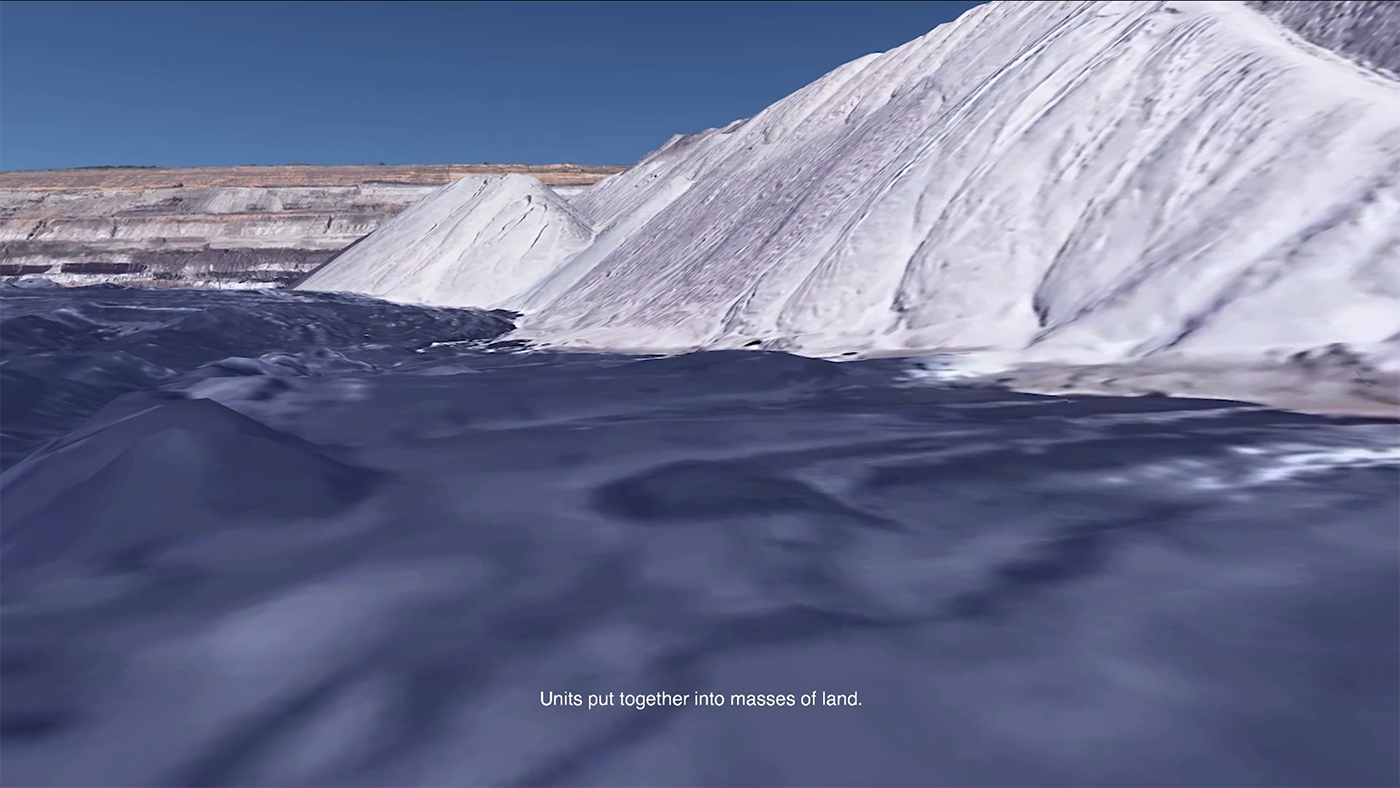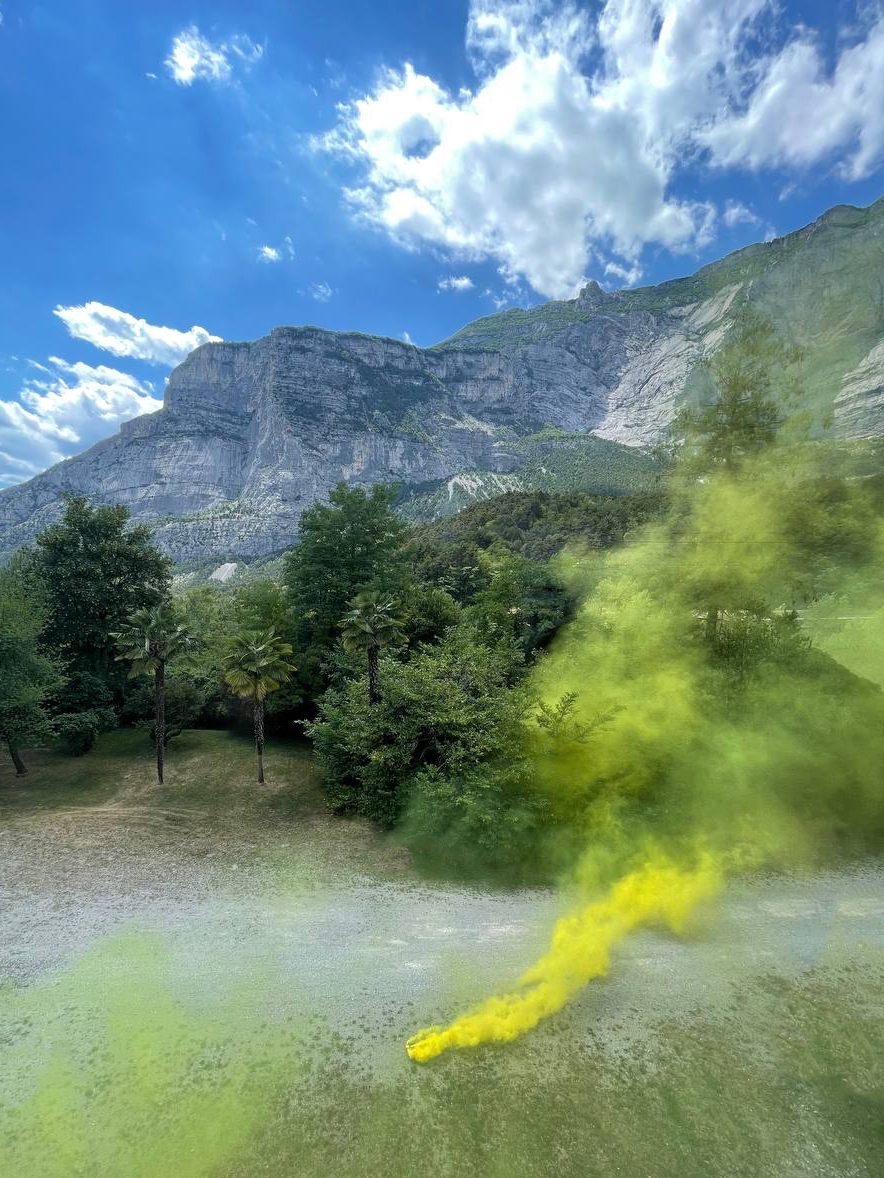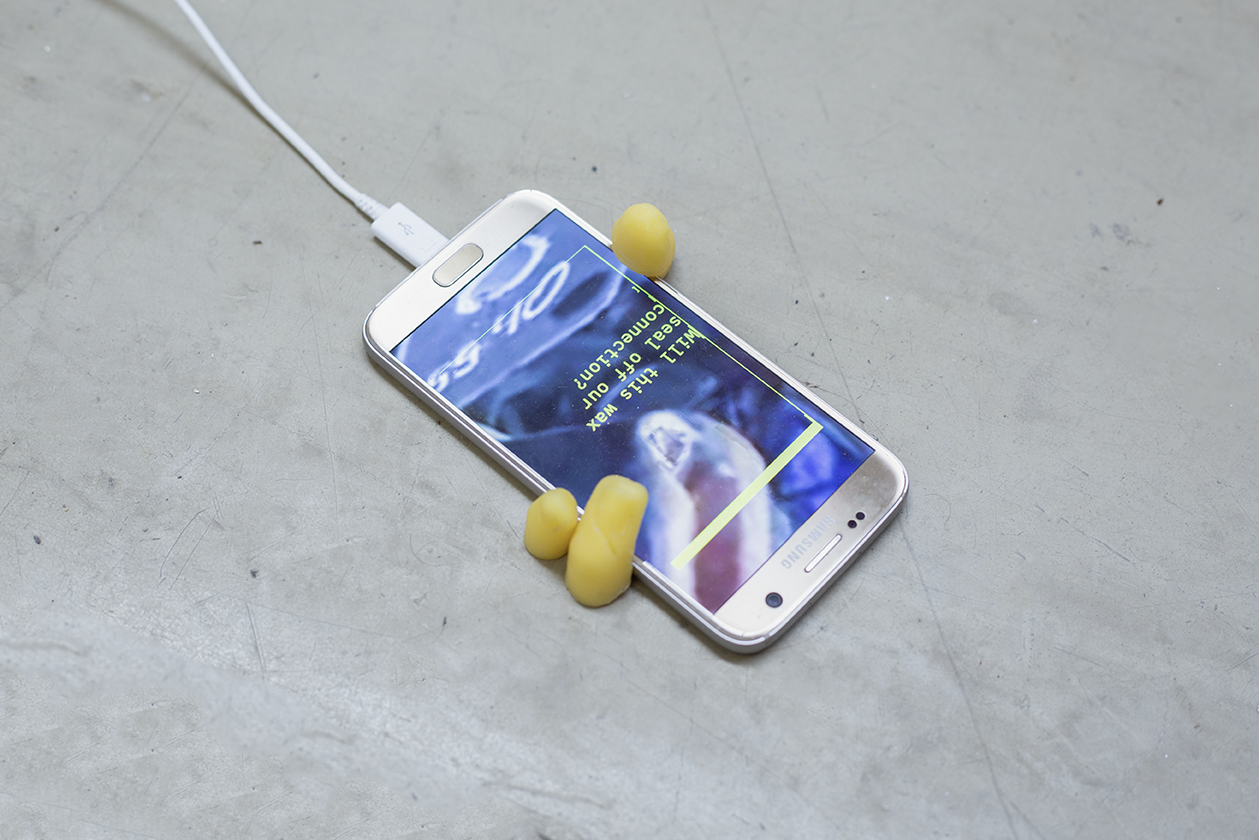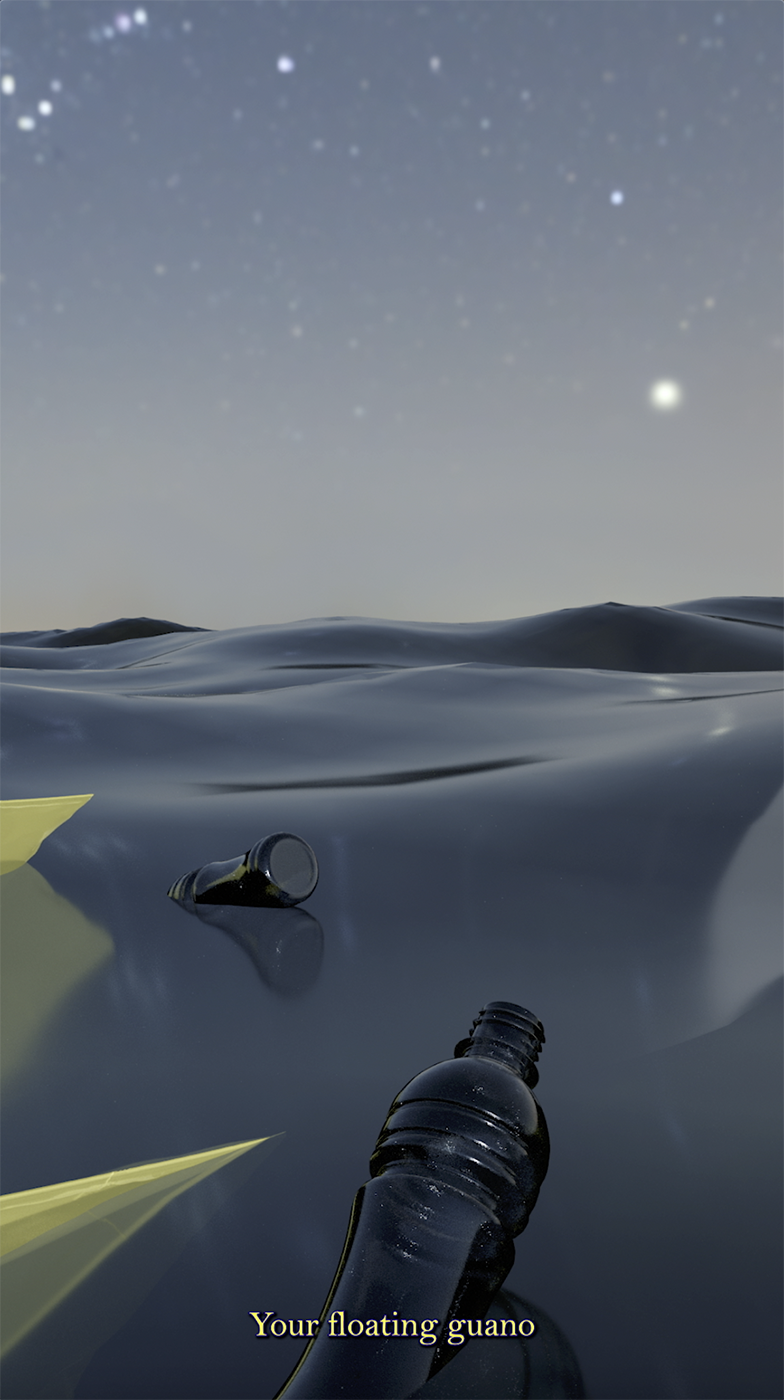Much analysis is about how to freeze the present: A granular idea
2019video (52’), aluminium, cement, publication (150 pages), sandbags, steel, styrofoam
The Netherlands have no above. There‘s just endless surface and what lies underneath: From zero it‘s only possible to go further into the negative. Where there is nothing above, my view is directed towards the below. I change into ground view; underneath the rollsurface; the volumes are hidden in the sub-surface.
Much analysis is about how to freeze the present: A granular idea (2019) consists of three works: The video installation A granular idea, the sculptural work Bodemonderzoek and the publication on the piece. The work looks top down, in direction of conservation and recording moments of the present, at the global ups and downs of landmasses. The video A granular idea switches into ground view and focuses on digitally recorded locations, zooming into the high-resolution recordings of Google Earth created landscapes. One finds oneself in a heavily modified site in which humankind is revolving entire landmasses. What is removed in one place is built up elsewhere: a constant up and down of land volumes. Natural shifts of landmasses are accompanied with ‚artificial‘ or humanmade masses. Erosion is joined by mining, deposition and stratification by construction. I look down with a granular idea. An idea in which satellite images and the ground are analogous: Both act as a kind of memory, a repository that tracks human and natural impacts and activities and preserves them over time. Structurally, both are based on something granular: the satellite images through their mosaic-like structure of various images and pixels, the soil through its composition of various small grains. What distinguishes the two is what lies underneath. The granular is not static, nor should it be confused with the problematic notion of ‚solidity‘. Arrange the point differently, and the image alters.















